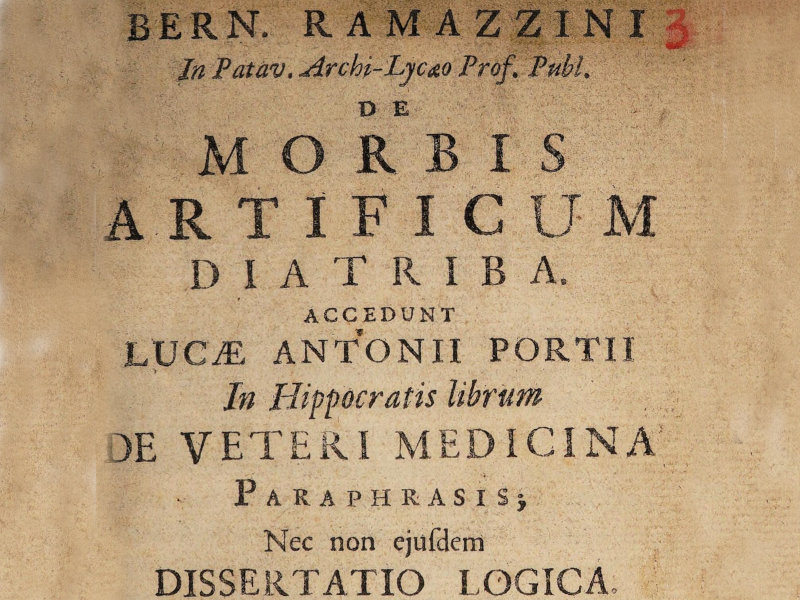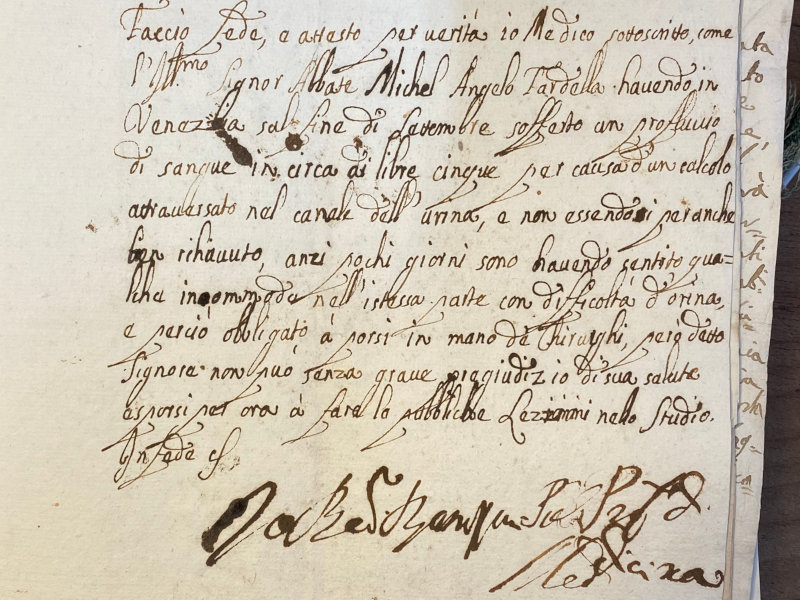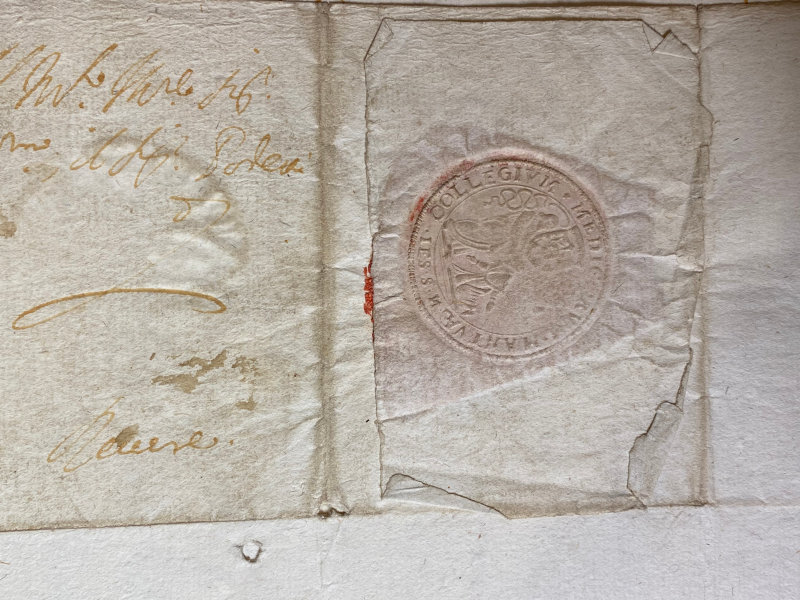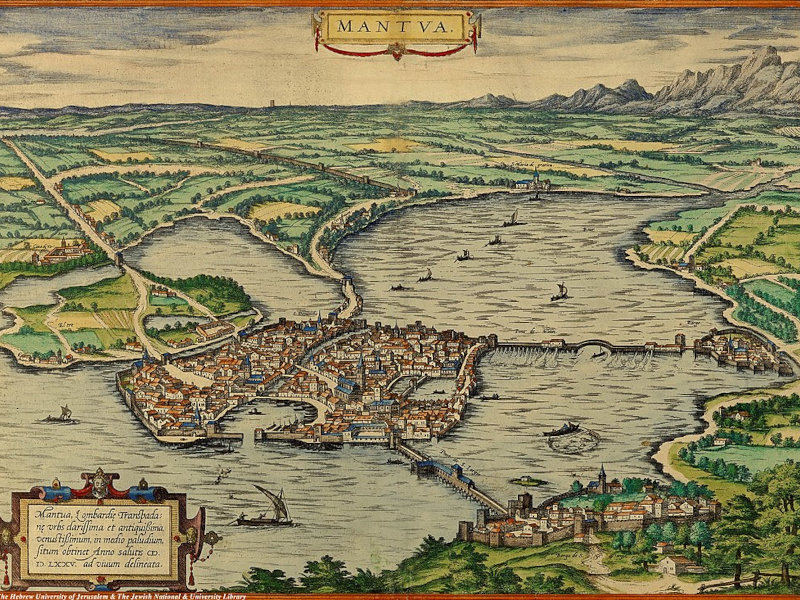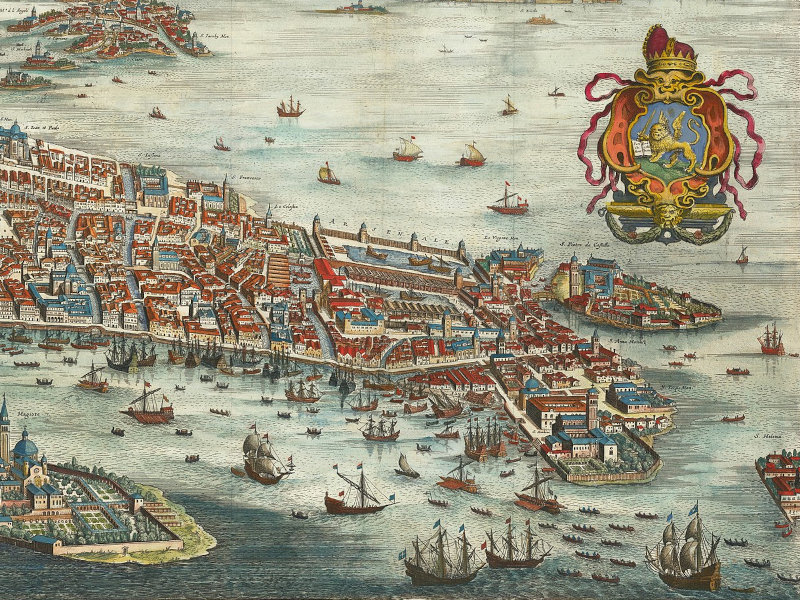Occupational Health
Ill-health, Work and Occupational Health in Early Modern Italy
Project
The project investigates the relationship between ill-health and work in early modern Italy (ca.1550-1750). It aims to discover how workers discussed health problems with employers and, in turn, how employers responded.
Italy is an important site for analysis because it had a diverse workforce in highly urbanised areas while also being at the forefront of developing public health procedures in Europe.
These procedures were directed at industries and jobs that could cause harm to health and also addressed issues related to poverty.
The time frame is significant because concerns about the health consequences of working practices grew in this period, as demonstrated by a widely circulated medical treatise on the diseases of workers by Bernardino Ramazzini first published in 1700.
Drawing on neglected sources including manuscript ‘sick notes’, medical treatises, and regulations created by employers, I examine what happened when workers became ill and evaluate the relationship between social status and responses to ill-health.
For instance, was chronic illness less problematic for someone who was literate or who had access to a secretary to correspond with employers? Connections between domestic life and work were not tightly defined by hours or duties of work in early modern societies.
My project will focus instead on key elements of these interactions at the time, notably working locations, such as workshops and offices; the impact ill-health had upon the home or household; and measures to protect workers.
Using methodological approaches from the history of epistemology, I will determine how work was integrated into medical discourse on health. The project considers contemporary anxieties around illness and work, and dangerous or difficult professions. I also examine the obligations of employers to care for the health of their employees.
The project will expand the scope of occupational health as a frame for understanding the pre-modern period.
Research
My objective is to provide new perspectives on the cultural history of health and ill-health, perceptions of work, and the practicalities of working life in early modern society. My key research question is: in a period of technological change, advances in medical sciences, fewer yet still devastating epidemics, and an increasing concern with regulating poverty, was there a shift in cultural attitudes to the inability to work through ill-health? The project addresses this question in the following ways.
1) Physicians: theory and practice
The project examines how medical practitioners situated their patients’ working lives within a medical framework using materials written by physicians, including letters, diagnostic reports written by Colleges of Doctors, and physicians’ notebooks.
I will determine if physicians considered work as an essential component in diagnosis. Against the backdrop of the so-called Scientific Revolution, did new ideas and technological advancements influence how physicians thought about the working lives of their patients?
By understanding how physicians approached and understood the impact of work on health, the project will add a new dimension to our understanding of early modern medical theory and practice.
2) Working in Venice and Mantua
Taking Mantua and Venice as case studies, I examine how people working in these cities articulated health problems to their employers.
How did illness impact on different groups of workers? I will examine the types of ailments identified by employees and ascertain if the impact of an illness differed depending on the job or position.
For instance, was the impact of a chronic illness different for literate workers or those who had access to a scribe? I also explore how ill-health could be used by workers to exercise agency in work situations.
3) Employers and occupational health
The project aims to provide a definition of early modern occupational health. It takes working locations and activities into account.
How did employers care for employees who became ill?
What measures were put in place to protect workers in dangerous jobs?
Over the course of the early modern period, did employers pay closer attention to employees’ working conditions?
These questions are explored through the governing and regulatory frameworks set out by employers.
Outcomes
|
|
Call for papers – 20-21 September 2022 "Health and Work in the Early Modern World, 1500-1750 ca."
Deadline for submissions: 10th June 2022 |
419 KB |
- April 2022, Dublin – "Health, Space, and Cultures of Prevention in Early Modern Italy", Renaissance Society of America Annual Meeting
Panel organised with Jane Stevens Crawshaw
"Cleaning up Renaissance Ports: Inventions, Secrets, and a Culture of Prevention in Northern Italy" – Jane Stevens Crawshaw, Oxford Brookes University
"Sustaining Maritime Health, Trade, and Travel in Fifteenth-Century Port Cities" – Claire Weeda, Leiden University
"Health and the Workplace in Early Modern Venice" – Marie-Louise Leonard, Università Ca' Foscari Venezia
- 19th November 2021 – "Medicine in Early Modern Italy: Between Theory and Practice, 1500-1700"
Medici Archive Project
- 9th November 2021 – "Risk in Early Modern Philosophy and Science"
Princeton-Bucharest Seminar in Early Modern Philosophy
Video of the seminar

